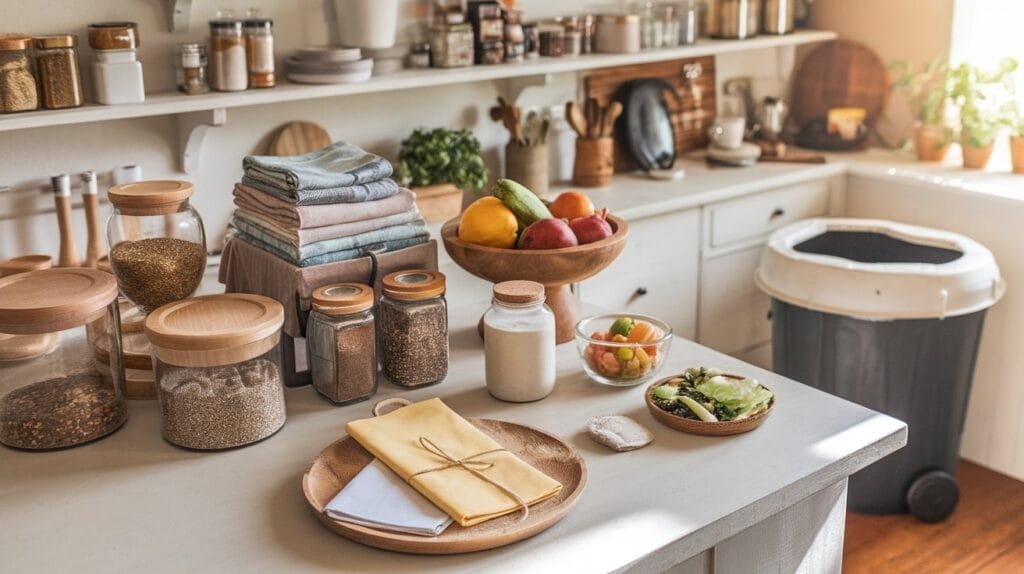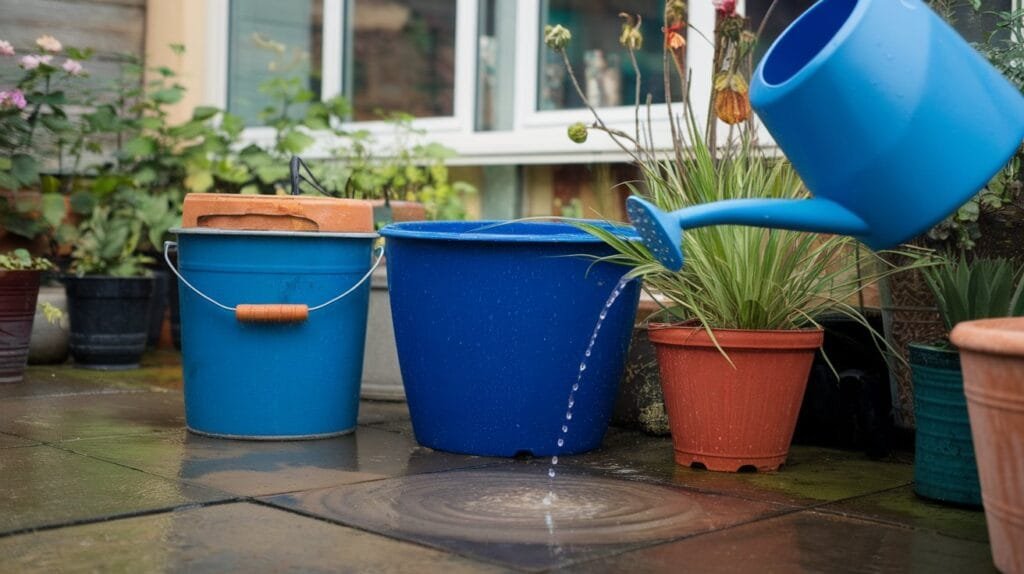Does the idea of growing your own vegetables, crafting homemade goods, and embracing a self-sufficient lifestyle excite you? If you’ve been yearning to start a homestead but feel restricted by living in the city, you’re not alone.
Many people believe that a lack of space means they can’t pursue a homesteading lifestyle. But here’s the truth: you don’t need acres of land to begin your journey. Even in the heart of the city, your small urban garden can be a thriving space for growth, creativity, and learning.
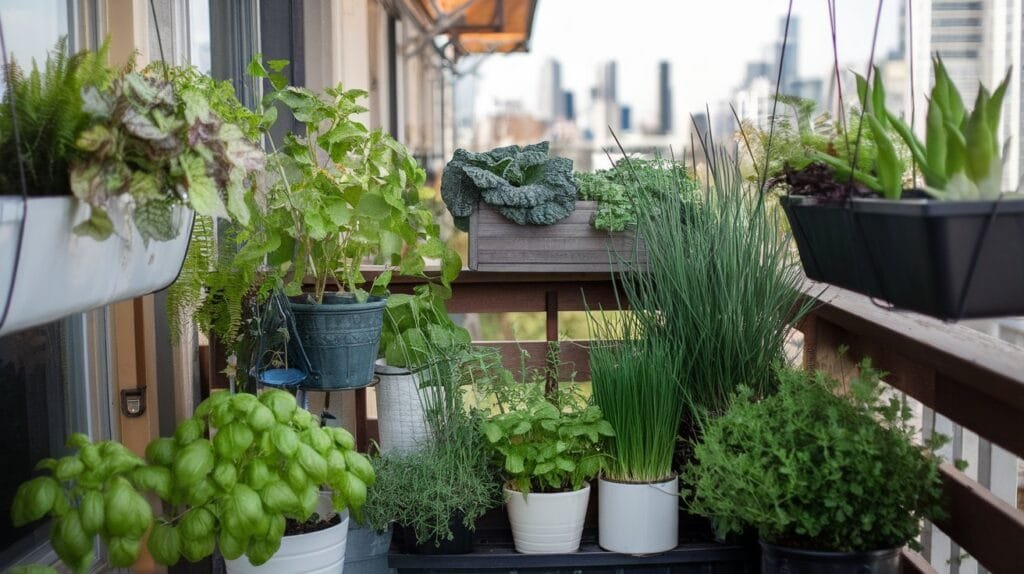
We Get It – City Living Has Its Challenges
The hustle and bustle of urban life often leave little room—literally and figuratively—for nature. Tight spaces, limited sunlight, and the absence of rich soil can make starting a garden feel like an impossible dream. Add to this the overwhelming amount of information online, and it’s no wonder many people feel stuck before they even begin.
But don’t worry. Starting a homestead in a small urban garden is not just possible; it’s rewarding. Whether you have a balcony, a tiny patio, or a patch of communal yard, you can create a space that’s both productive and inspiring.
Why Small Urban Gardens Matter More Than Ever
With rising awareness of sustainability, more families and individuals are embracing self-sufficiency. Your small urban garden can be a step toward reducing food waste, cutting grocery bills, and reconnecting with nature. It’s also a chance to teach your family about the value of growing your own food, even in a city setting.
Are you ready to transform your small urban garden into a homestead oasis? Let’s get started!
The Struggle of City Living: Why Small Urban Gardens Feel Out of Reach
Starting a homestead in a small urban garden sounds ideal, but the reality can feel daunting.
- Limited Space: Urban homes often lack sprawling backyards, leaving you with balconies, patios, or small patches of soil.
- Uncertain Growing Conditions: Shade from buildings, compacted soil, and inconsistent weather can challenge even the most eager gardeners.
- Information Overload: The internet is packed with advice, but not all of it applies to small urban spaces, making it difficult to know where to start.
Sound familiar? It’s easy to feel overwhelmed, questioning whether your dream of a self-sufficient lifestyle is achievable in the city.
The Risks of Staying Stuck
What happens if you don’t take the leap into urban homesteading? You could miss out on:
- Fresh, Homegrown Produce: Imagine the flavour of tomatoes plucked straight from your garden compared to store-bought ones.
- Sustainability Benefits: Without a small urban garden, your food miles remain high, and opportunities to reduce waste slip away.
- Personal Fulfilment: Gardening isn’t just about plants—it’s about nurturing a space, reconnecting with nature, and creating something beautiful and useful.
The truth is, the longer you wait, the harder it becomes to take that first step. But what if you had a plan tailored to small urban gardens that made homesteading feel manageable, even exciting?
Why Starting Small Can Be Your Biggest Strength
Here’s the good news: starting a homestead doesn’t mean doing it all at once. Your small urban garden is the perfect place to begin.
- Less Space, Less Overwhelm: Smaller areas mean fewer plants to manage, making it easier to learn and refine your skills.
- Budget-Friendly: A few pots, some seeds, and a little compost can get you started without a big investment.
- Creative Opportunities: With vertical gardening, compact composting systems, and container planting, small urban spaces can be surprisingly productive.
By addressing these common challenges and embracing the benefits of small-scale homesteading, you’ll be set to turn your city space into a thriving hub of self-sufficiency.
The Urban Homesteader’s Toolkit: Transforming Challenges into Opportunities
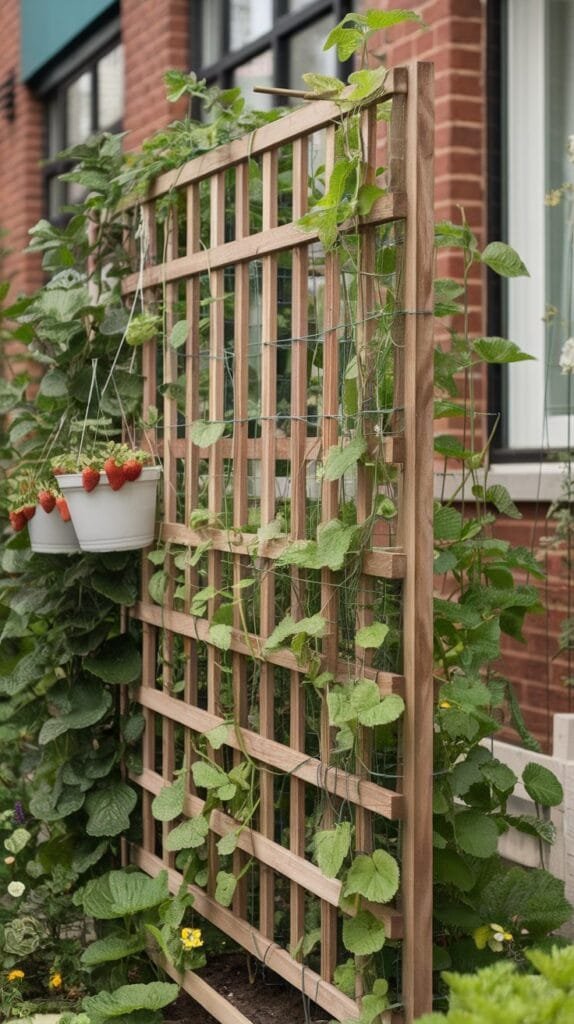
Your small urban garden can become the heart of your homestead, no matter its size. By thinking creatively and using the right techniques, you’ll turn even the tiniest space into a productive and inspiring haven.
Here’s how:
- Container Gardening: Perfect for patios and balconies, containers give you control over soil quality, water drainage, and plant placement.
- Vertical Gardening: Maximise your space with trellises, hanging baskets, and wall-mounted planters. Even a fence or railing can become a growing zone.
- Composting for Small Spaces: Use kitchen scraps to create nutrient-rich compost with compact systems designed for urban homes.
This toolkit ensures that your small urban garden becomes a thriving, self-sufficient space tailored to your needs.
The Power of Starting Small
Starting a homestead in a small urban garden isn’t about recreating a sprawling farm. Instead, it’s about making meaningful progress with what you have.
- Grow What You’ll Use: Focus on versatile crops like herbs, leafy greens, or small fruits.
- Learn and Adapt: Each season teaches you something new, from what plants thrive to how you can optimise your setup.
- Celebrate Every Victory: Whether it’s harvesting your first homegrown chilli or mastering composting, every step is a win.
Each success reinforces your journey toward a more self-sufficient, sustainable lifestyle.
What You’ll Gain from Starting Today
By taking the first step toward creating a homestead, you’ll unlock:
- Healthier Food Choices: Fresh produce, free from chemicals and packaging.
- Eco-Friendly Living: Reduce your carbon footprint and household waste.
- A Stronger Connection to Nature: Even in the city, you’ll enjoy the satisfaction of nurturing life and watching it thrive.
There’s no better time to start your homesteading journey than now. Your small urban garden is full of potential—you just need to uncover it!
7 Steps to Begin Your Small Urban Homestead Journey
Ready to transform your small urban garden into a thriving homestead? Follow these seven actionable steps to get started today:
1. Assess Your Space
Before planting anything, take stock of what you have:
- Sunlight: Observe how much direct sunlight your space gets each day. Most edible plants need 6–8 hours of light.
- Available Space: Measure your area and think vertically—walls, railings, and shelves all count when creating a mini permaculture-inspired environment.
- Soil or Containers: If you lack ground space, containers are a versatile solution for growing anything from herbs to dwarf fruit trees.
2. Start with Easy Crops
Begin with native plants and fungi that are beginner-friendly and thrive in small spaces, such as:
- Herbs like basil, mint, and parsley.
- Leafy greens like lettuce, spinach, and kale.
- Compact vegetables like cherry tomatoes and radishes.
These quick-growing crops will boost your confidence and provide fresh produce in no time.
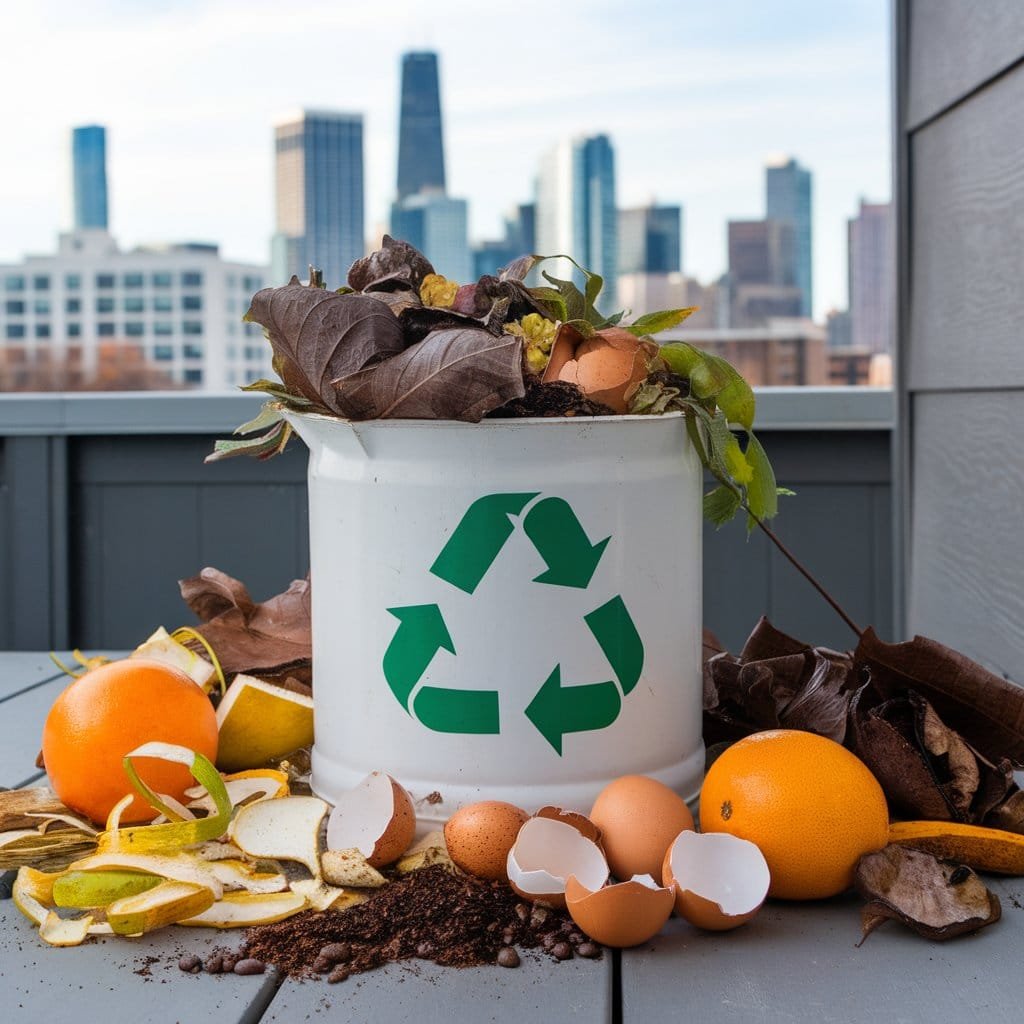
3. Master Vertical Gardening
Make the most of limited space with vertical solutions:
- Trellises and Stakes: Ideal for climbing plants like beans, peas, and cucumbers.
- Wall-Mounted Planters: Perfect for strawberries, herbs, and flowers.
- Hanging Baskets: Use these for trailing plants like cherry tomatoes or nasturtiums.
Vertical gardening not only saves space but also adds visual appeal to your small urban garden.
4. Create a DIY Compost Bin
Even a small space can support composting:
- Use a Container: Repurpose an old bin or bucket with a lid. Add air holes for ventilation.
- Layer Your Waste: Alternate between green waste (kitchen scraps) and brown waste (cardboard, dried leaves).
- Harvest Nutrients: After a few months, you’ll have rich compost to nourish your plants.
Composting reduces waste and enriches your garden soil naturally.
5. Incorporate Water-Saving Techniques
Urban environments often have limited water access, so make every drop count:
- Install a Rain Barrel: Collect rainwater for sustainable irrigation.
- Mulch Your Plants: Reduce evaporation by adding a layer of organic mulch.
- Drip Irrigation Systems: These save water by delivering it directly to plant roots.
6. Plan for Year-Round Growth
Keep your small urban garden productive in every season:
- Crop Rotation: Alternate plant families to maintain soil health.
- Season Extenders: Use cold frames, cloches, or grow lights to grow vegetables even in cooler months.
- Perennials: Incorporate plants like rosemary or chives that return year after year.
7. Join the Urban Homesteading Community
You don’t have to go it alone! Connect with like-minded individuals for tips and inspiration:
- Online Groups: Join forums or Facebook groups for urban gardeners.
- Local Meetups: Attend gardening workshops or plant swaps.
- Follow Experts: Seek advice from experienced homesteaders to avoid common pitfalls.
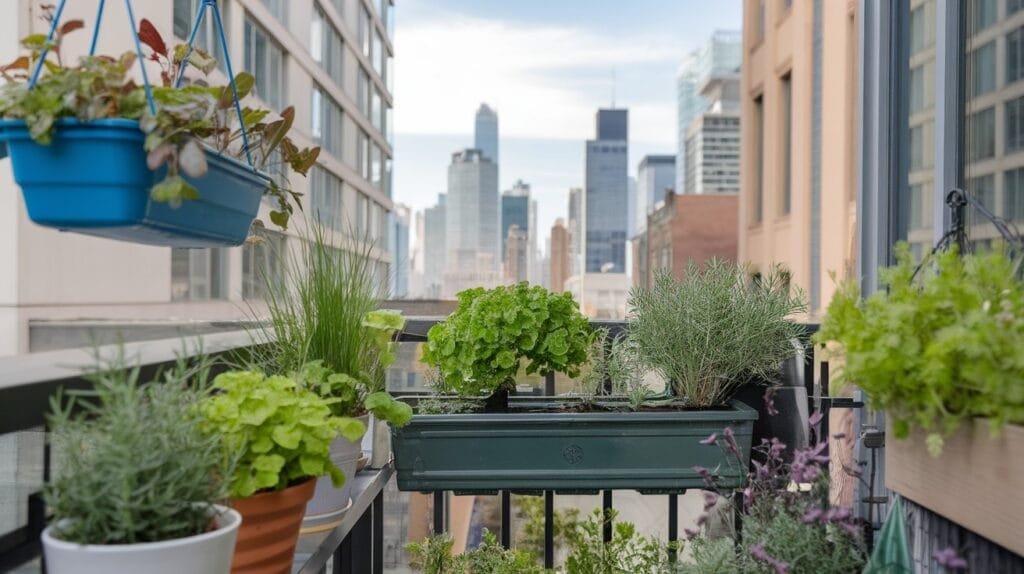
Your Homestead Journey Starts Here
Imagine receiving everything you need to turn your small urban garden into a thriving homestead—all curated, delivered, and ready to go. With The Grow Make Learn Box, you’ll get:
- Seasonal Seeds: Perfect for small spaces and beginner-friendly crops.
- Essential Tools: Compact gardening tools designed for urban use.
- Hands-On Guides: Step-by-step instructions to help you grow, make, and learn with confidence.
Whether you’re starting with a balcony garden or revamping a neglected corner, The Grow Make Learn Box takes the guesswork out of your homesteading journey.
Not Ready to Subscribe Yet? Start Small with Our Newsletter!
Looking for inspiration and practical tips to transform your urban space? Our newsletter is packed with:
- Easy-to-follow gardening tutorials.
- DIY craft ideas for sustainable living.
- Exclusive updates and offers from The Grow Make Learn community.

